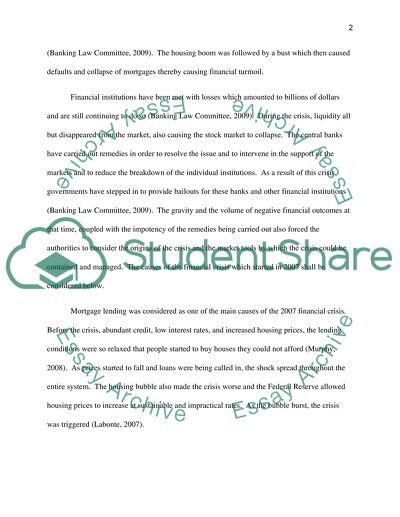Cite this document
(“Explore the Causes of the Current Financial Crisis That Started in Essay”, n.d.)
Explore the Causes of the Current Financial Crisis That Started in Essay. Retrieved from https://studentshare.org/finance-accounting/1443784-explore-the-causes-of-the-current-financial-crisis
Explore the Causes of the Current Financial Crisis That Started in Essay. Retrieved from https://studentshare.org/finance-accounting/1443784-explore-the-causes-of-the-current-financial-crisis
(Explore the Causes of the Current Financial Crisis That Started in Essay)
Explore the Causes of the Current Financial Crisis That Started in Essay. https://studentshare.org/finance-accounting/1443784-explore-the-causes-of-the-current-financial-crisis.
Explore the Causes of the Current Financial Crisis That Started in Essay. https://studentshare.org/finance-accounting/1443784-explore-the-causes-of-the-current-financial-crisis.
“Explore the Causes of the Current Financial Crisis That Started in Essay”, n.d. https://studentshare.org/finance-accounting/1443784-explore-the-causes-of-the-current-financial-crisis.


